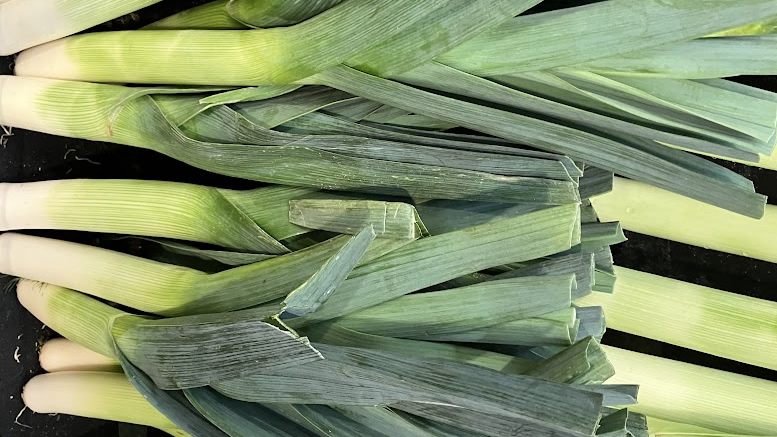The Leek (Allium ampeloprasum var. porrum) belongs to the Alliaceae family, along with onion and garlic. Unlike onions, leeks grow as long cylinders of bundled leaf sheaths, prized for their delicate flavor.
They’re typically blanched by trenching, a process of pushing soil around them to encourage growth and enhance their tenderness. Leeks thrive in cool climates and can be harvested throughout the winter, making them a staple in many culinary traditions worldwide.
In Asian cuisine, leeks are widely used to add a savory depth to dishes, such as stir-fries, soups, and noodle dishes. Their mild yet distinctive flavor enhances the overall taste profile, making them a versatile ingredient in Asian culinary traditions. From China to India, leeks play a significant role in creating flavorful and aromatic dishes beloved by many. Whether stir-fried with tofu, added to hearty soups, or incorporated into noodle stir-fries, leeks bring a unique and delicious element to Asian cooking.
Leeks have a rich history and cultural significance, prized by ancient civilizations like the Egyptians, Greeks, and Romans. They were distributed throughout Europe by the Romans and have since become a national emblem of Wales. Today, leeks continue to be celebrated for their culinary versatility and nutritional benefits, enjoyed in various cuisines around the world.

